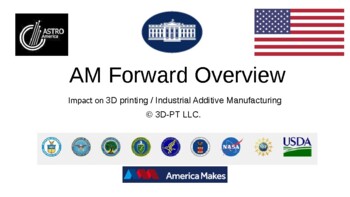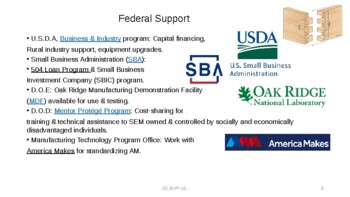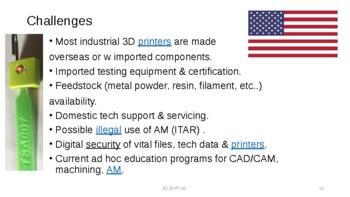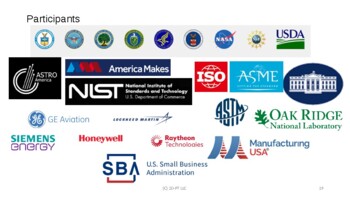AM Forward Overview Presentation
- PPTX
- Internet Activities
Also included in
- Empower your students with the fascinating world of 3D printing through our comprehensive "TinkerCAD 3D Printing Lesson Bundle." This resource is your all-in-one solution for introducing 3D design, creativity, and innovation into your classroom.Key Highlights: Comprehensive Curriculum: Our bundle ofPrice $113.54Original Price $162.20Save $48.66
Description
Additive Manufacturing Forward (AM Forward) is the first major program in the world to bring industrial Additive Manufacturing / 3D printing as a major industrial revolution.
While different branches of the government have been 3D printing for a while, AM Forward is launched to really unify all the efforts and programs out there. Under this 2 year program, many things will hopefully happen to standardize 3D printing, and make the USA a major AM manufacturer.
This presentation is based on the contents of the AM Forward announcement from the White House. Future updates will be made as more information becomes available.
This file is released to provide the public with general information about the AM Forward announcement. For STEM educators, this can be part of a grant presentation as you apply for more printers or equipment. Social studies teachers can watch this to see what impact it has on the USA.






